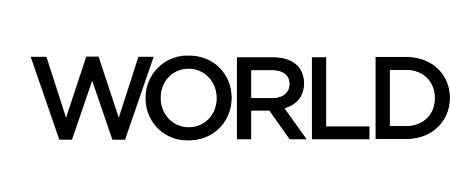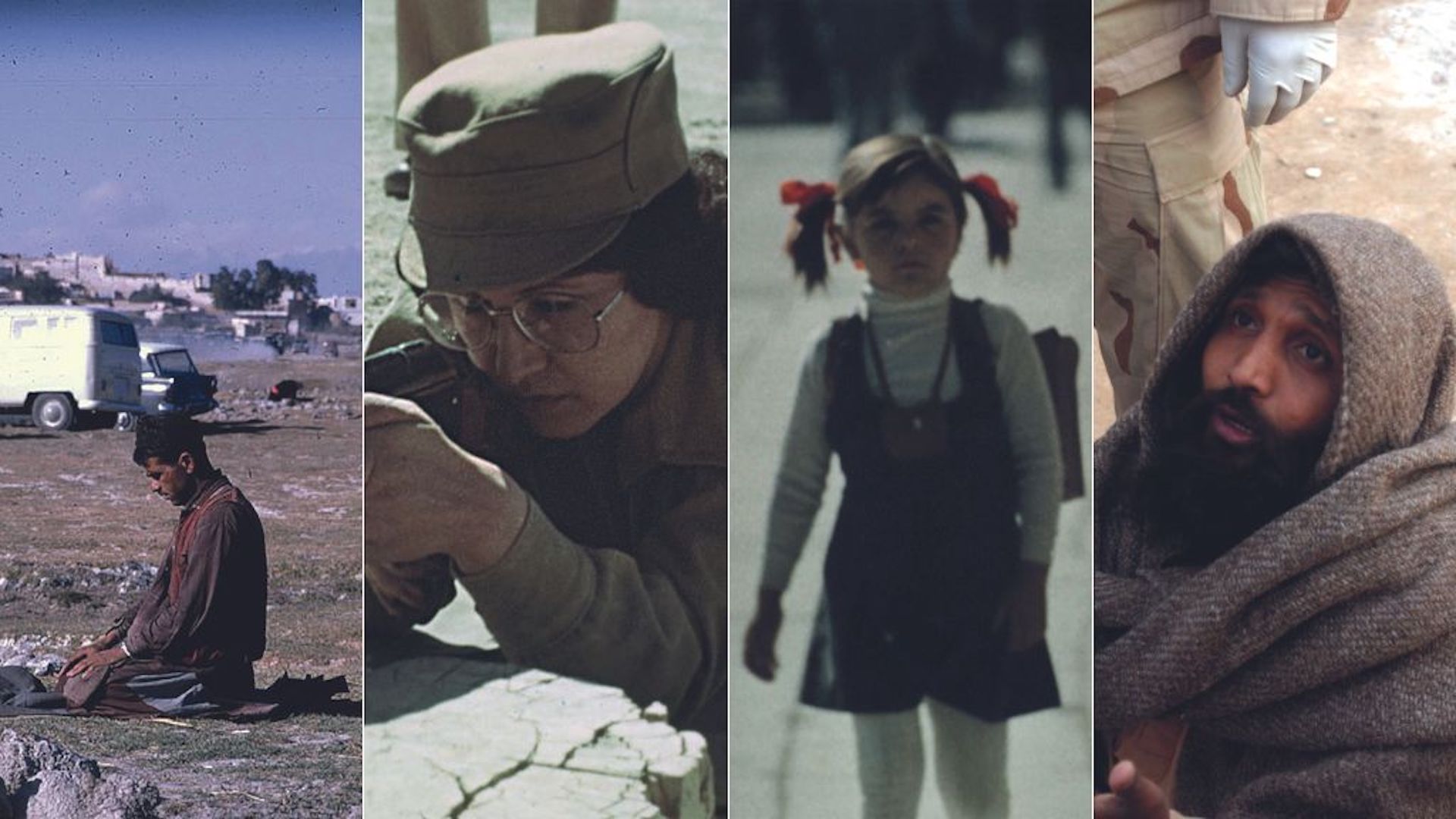Since October 2001, following the September 11 attacks, the United States government has held major influence on Afghanistan, creating a global domino effect that has rippled across generations. But the country has been in flux, fighting for sovereignty decades prior to American interest and interference.
Through a series of four films, Afghanistan: The Wounded Land explores 60 years of internal and external conflict that has plagued the Afghan people, from the transfer of power from King Mohammed Zahir Shah to the communist regime of the Soviet Union in the 1970s and to the years following U.S. occupation and unfulfilled promises of democracy. Narrated by Khaled Hosseini, author of the best-selling and critically-acclaimed “The Kite Runner,” the series as a whole asks the question, “What will it take for Afghanistan to achieve peace?”
In the two years since the last U.S. soldier withdrew from Afghanistan, putting an official end to a controversial and painful two decade-long war, the country’s future, and its people, have remained suspended in a harrowing unknown. The Taliban swiftly seized control once more, restoring Afghanistan to the totalitarian regime of the late 1990s and prompting hundreds of thousands of Afghans to flee their homes – a displacement that inflicts substantial damage on women and children.
Through these films, award-winning directors Mayte Carrasco and Marcel Mettelsiefen create an opportunity to learn about Afghanistan’s history, understand the struggles of others who are not unlike ourselves, and build a more peaceful and prosperous global future.
Watch Afghanistan: The Wounded Land Sundays beginning August 6 on TV, online & on the PBS app. Watch on YouTube beginning August 18.
Part 1: Kingdom
In the 1960s, King Mohammed Zahir Shah opened up Afghanistan to the world. The city of Kabul looked like a European capital and the country was a destination for hippies in search of drugs and adventures. But Afghanistan was divided between the westernized elite and the majority population that was both traditional and poor. When communists seized power in 1978, a never-ending war began.
Part 2: Jihad
In 1979, the Soviet army invaded Afghanistan; Afghans called for Jihad. The country turned into the epicenter of a struggle between Islam and Communism. The U.S. and the Arab world sent weapons and money to the Afghan resistance and foreign fighters, including a young Osama bin Laden. A decade later, the Mujahideen pushed back the occupation, contributing to the Soviet Union's collapse.
Part 3: Taliban
Although the Soviet occupation in Afghanistan was over, ethnic groups and Mujahideen factions kept fighting. And so, the country entered into a ruthless Civil War. With Pakistan's support and the blessing of the clergy, the Taliban emerged and triumphed, turning Afghanistan into a lab for a new type of Islamic state and the training ground for Osama bin Laden's terrorist network.
Part 4: Trap
On September 9, 2001, commander Ahmad Shah Massoud was assassinated in Afghanistan. 9/11 occurred two days later. This was the first in attacks that Al Qaeda carried out in NY and DC, and the U.S. reacted by bombing and invading Afghanistan. When American troops arrived to secure stability and reconstruction, many Afghans hoped for peace and democracy – their expectations would soon be shattered.
MEET THE MAKERS: AFGHANISTAN: THE WOUNDED LAND
A conversation about the generational effects of endless war on Afghan women. Directors of 'Afghanistan: The Wounded Land' Mayte Carrasco and Marcel Mettelsiefen are joined by Nasrin Nawa, former senior journalist for the BBC in Afghanistan, and Zohra Yusuf Daoud, a Kabul native, women’s rights activist and former media advisor to the First Lady of Afghanistan. Moderated by author, journalist and NBC Analyst Atia Abawi.
How to Help: Afghan Refugee Services
-
Global Movement for Peace in Afghanistan
#StandWithWomenInAfghanistan
Discuss and engage with us on Facebook, Instagram, Twitter and TikTok using the hashtag #AfghanistanWoundedLand and tagging us @worldchannel. Subscribe to our newsletter and YouTube for more features including events and interviews.
Enjoy our content? Consider donating to keep important storytelling like this going, and find more on PBS Passport.




